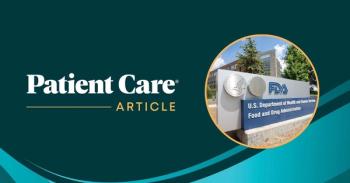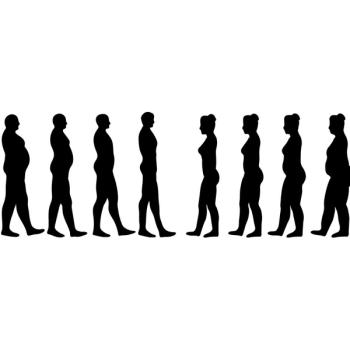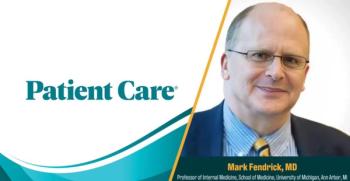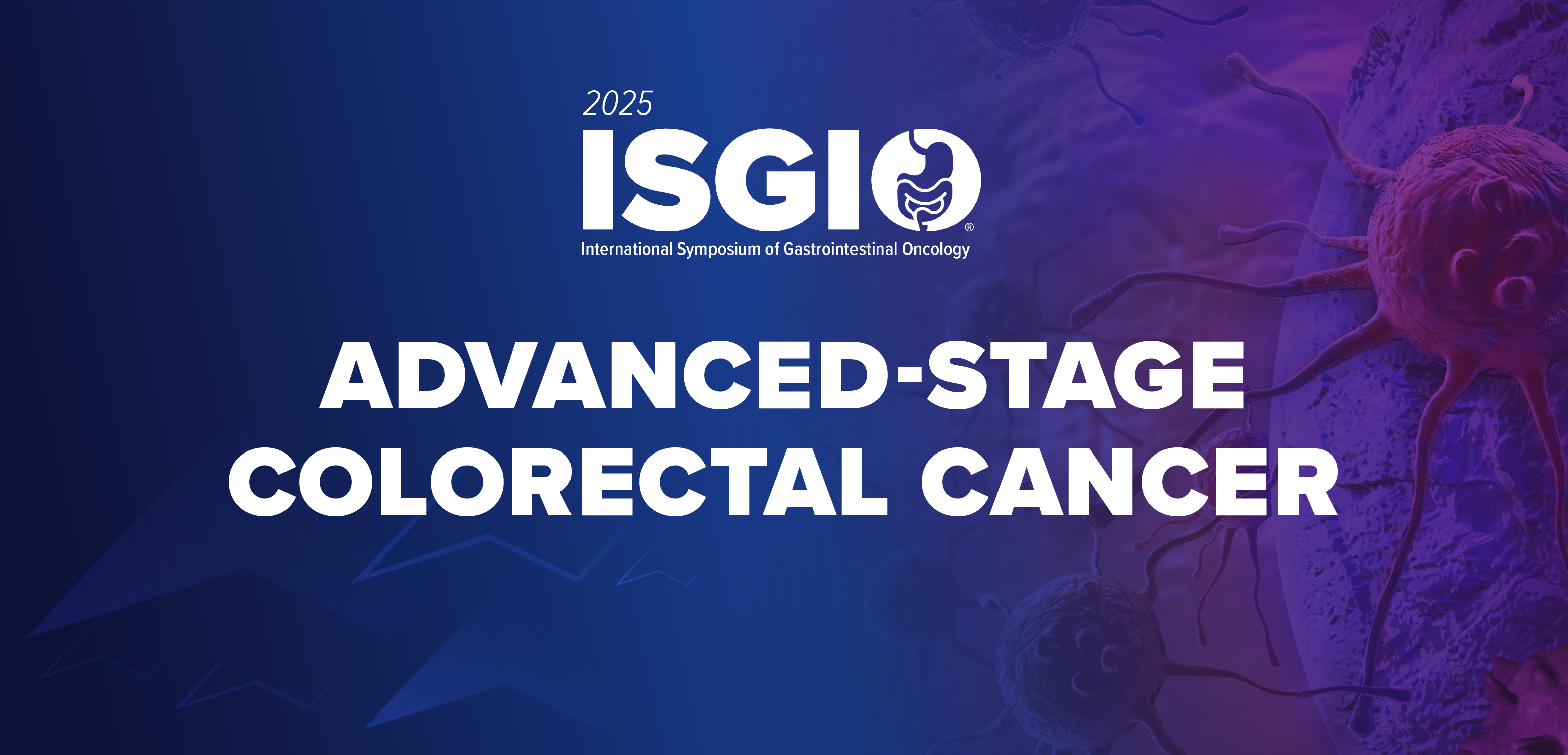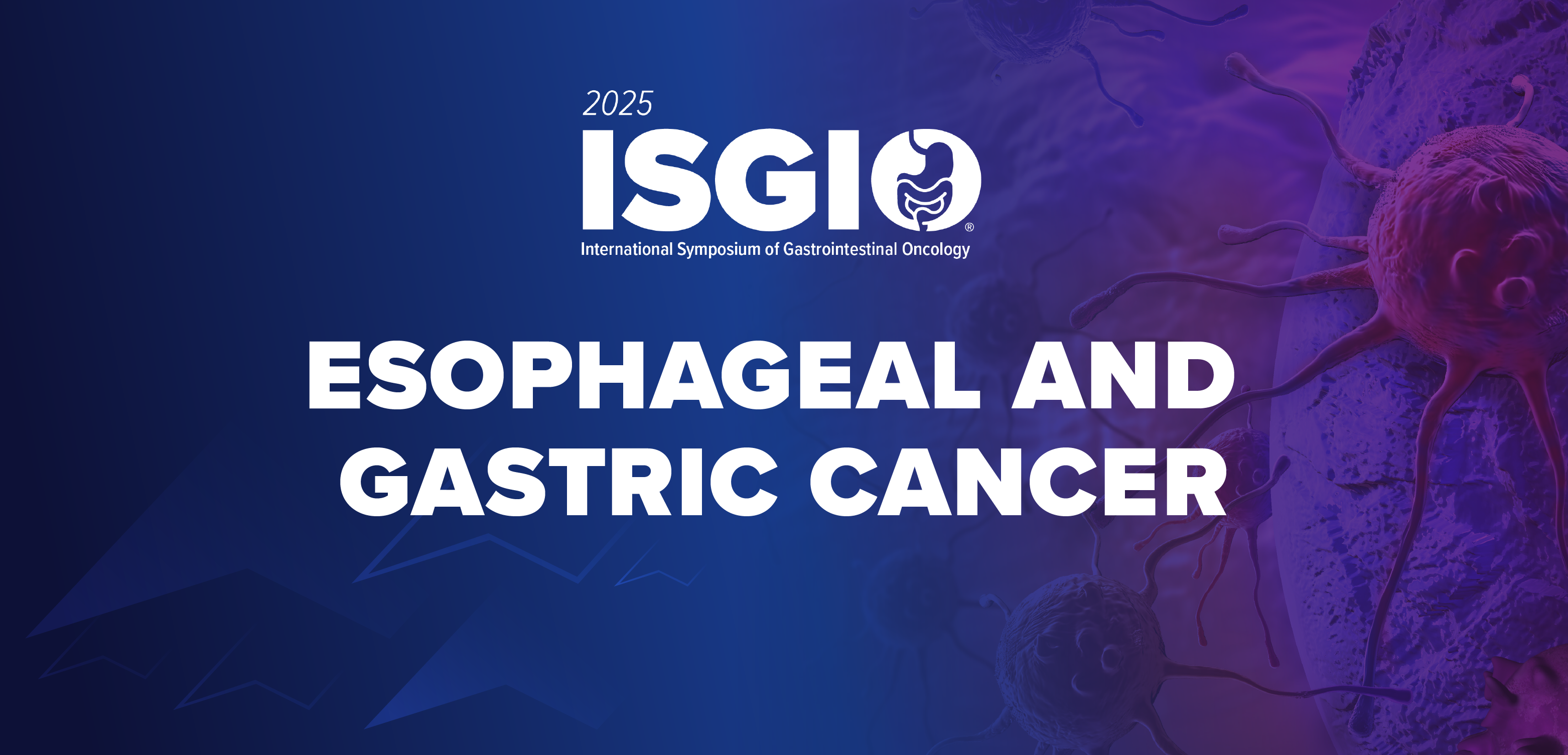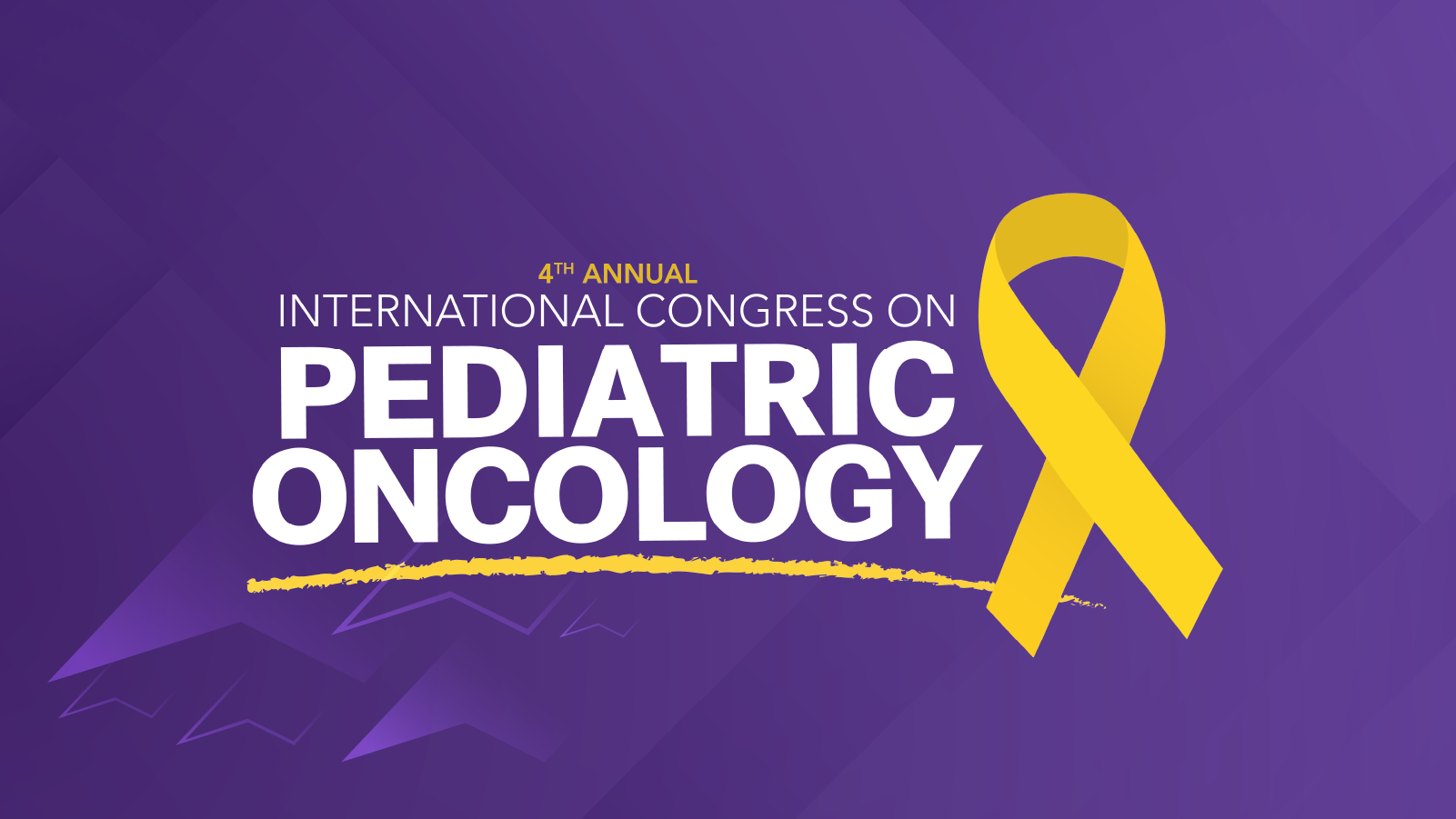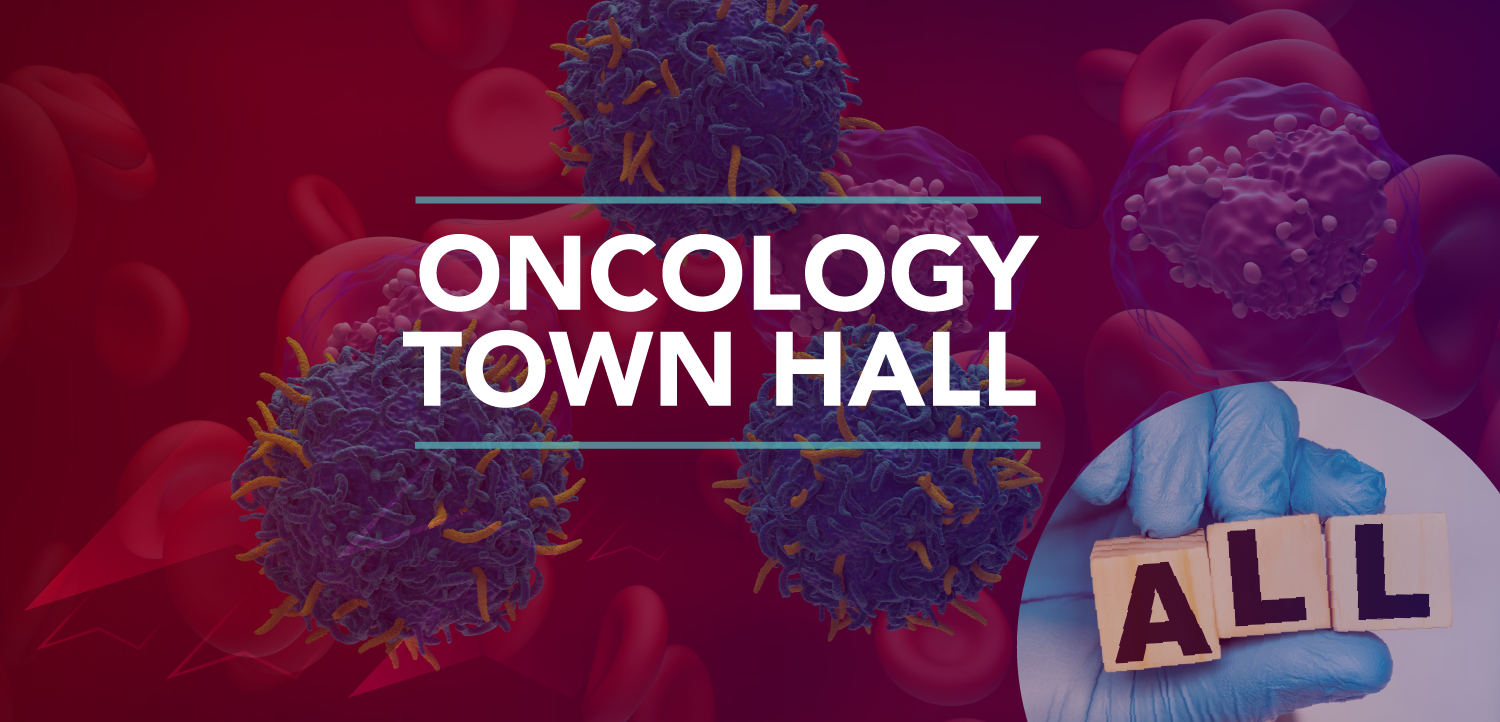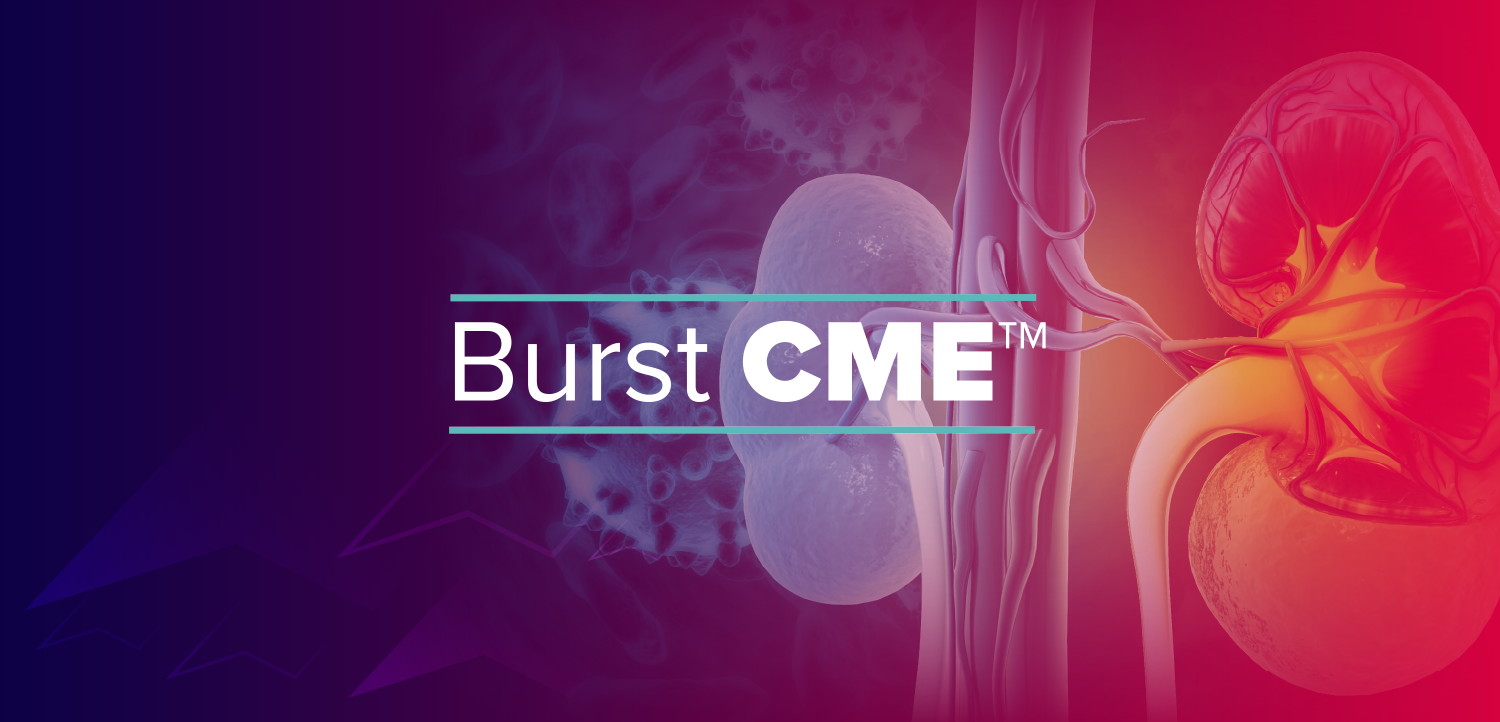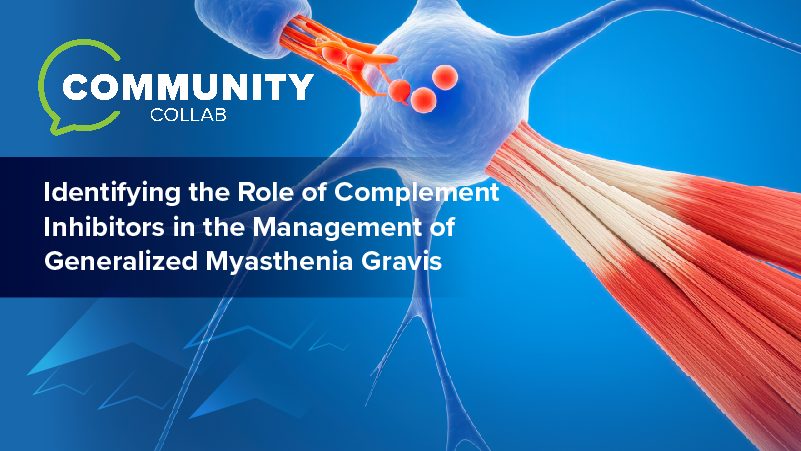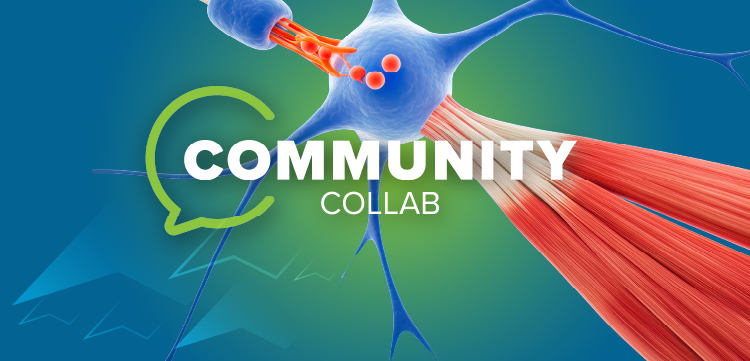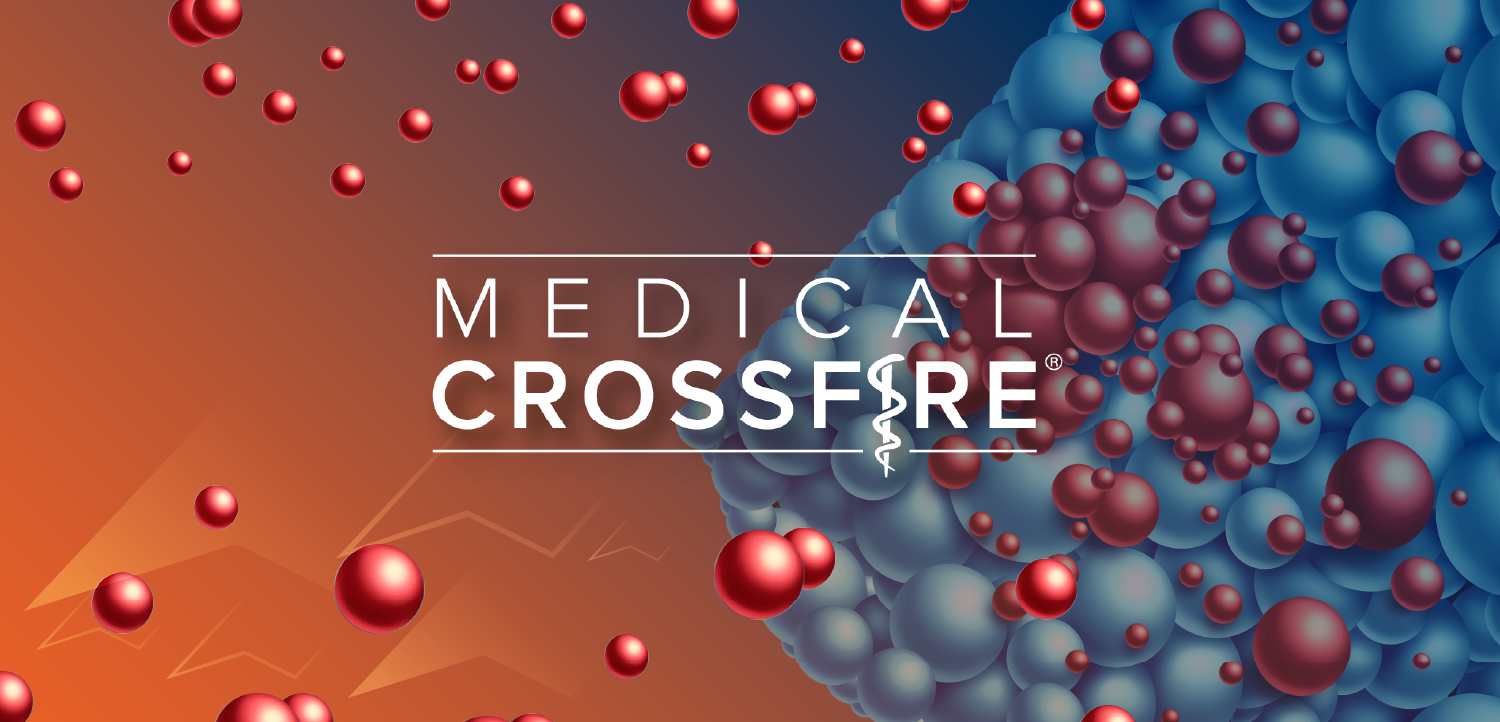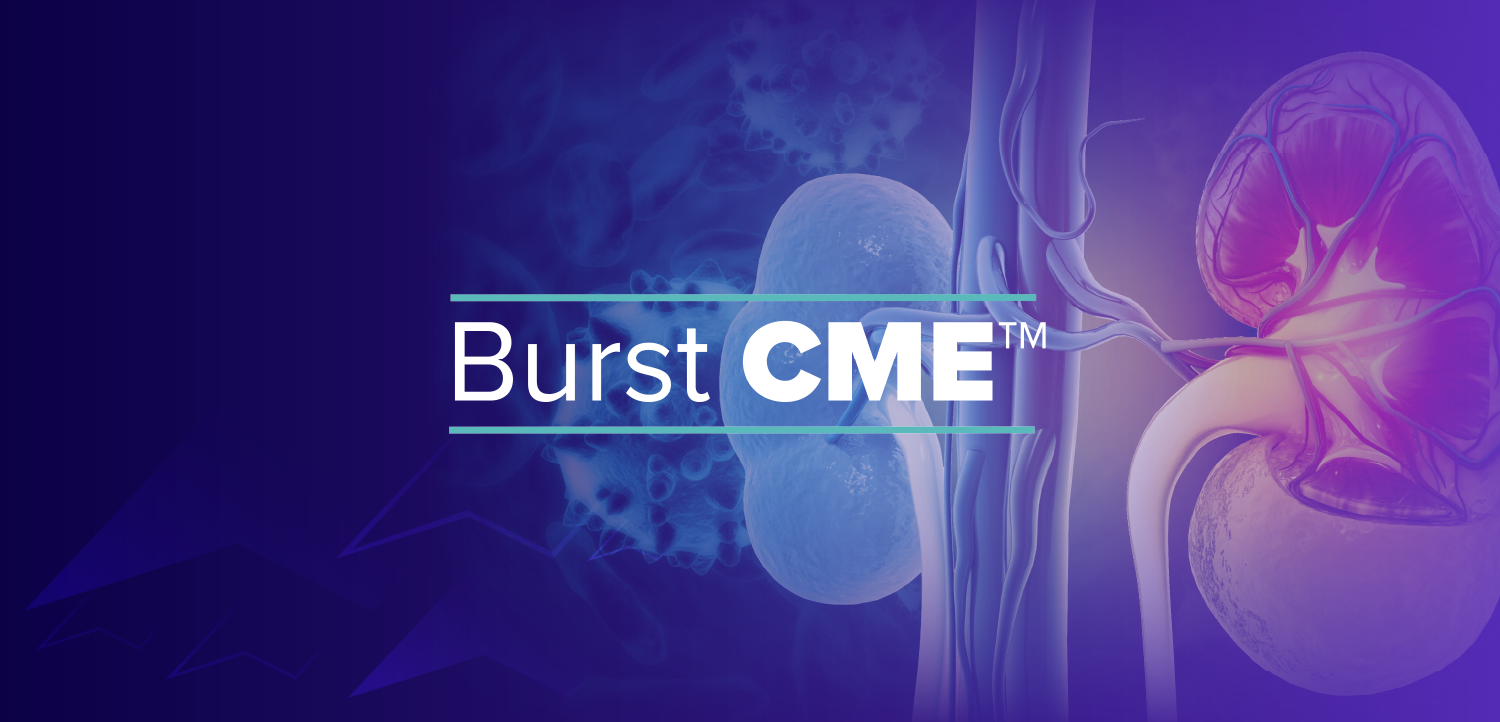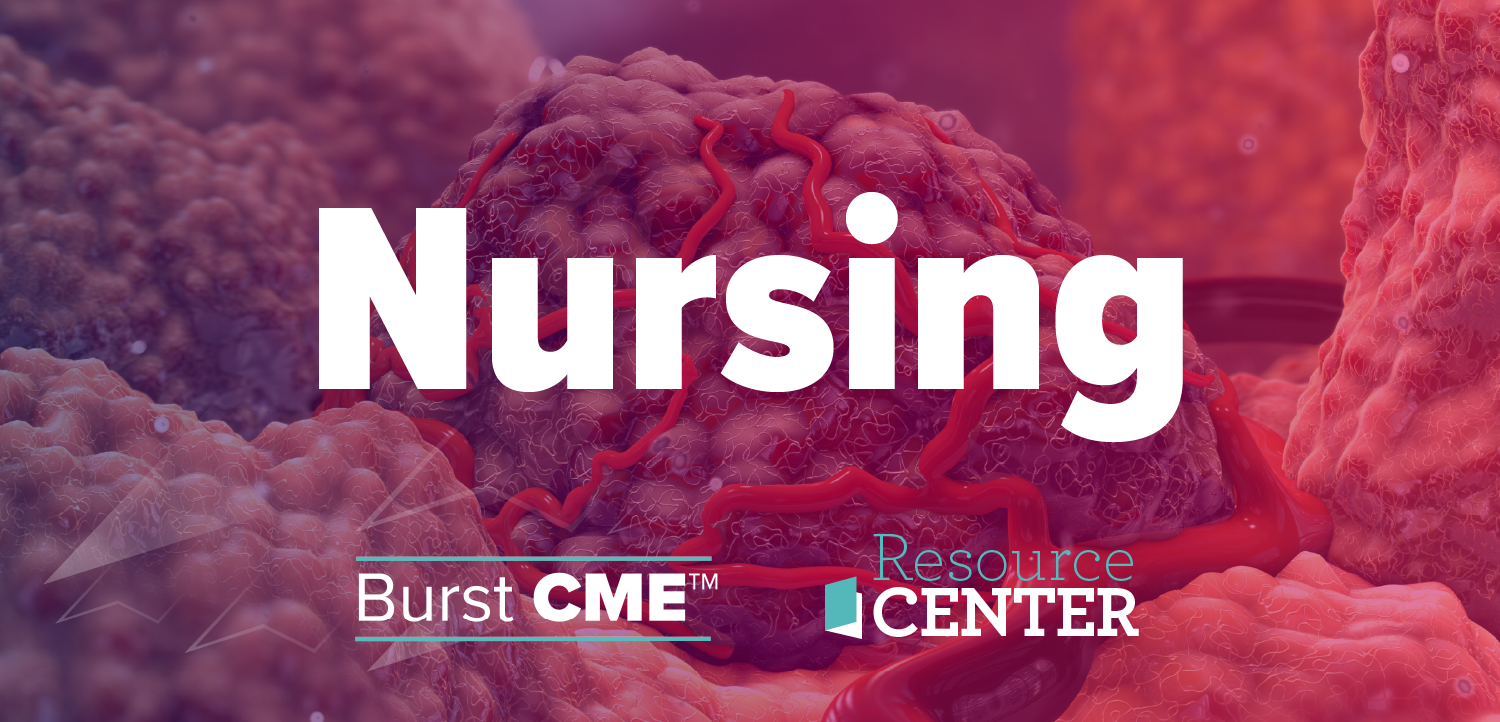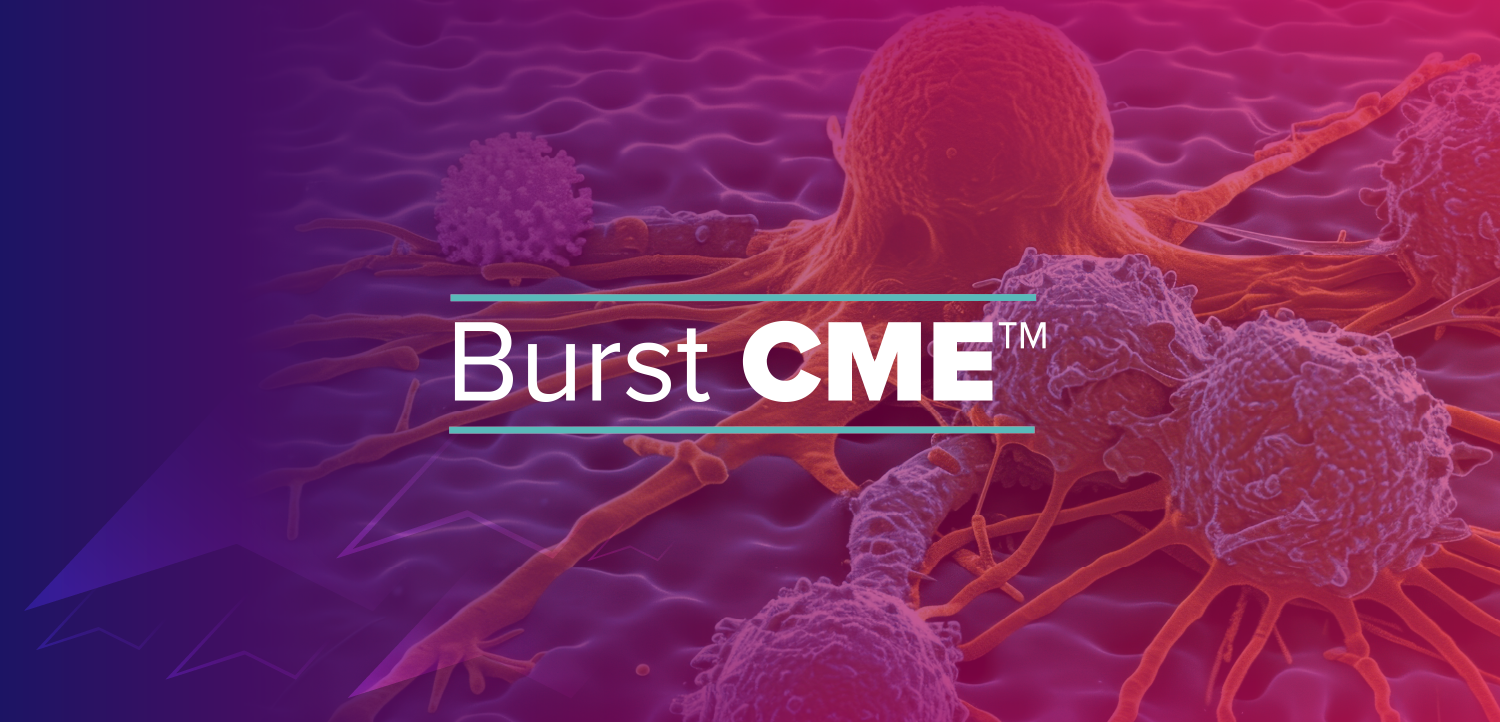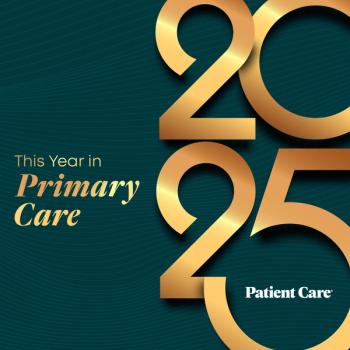
In Praise of Physicians
The annual meeting of the American College of Physicians showcased dedicated primary care physicians and clinical milestones finally reached.
The American College of Physicians' (ACP) annual meeting this year aroused deep feelings of admiration for primary care physicians and the challenges they face today...I have been attending ACP conventions for more than 25 years as a medical writer and editor, first for the Journal of the American Medical Association, and then for Medical World News, Medical Economics, and CONSULTANT. And this year's meeting featured some clinical milestones that gave me a sense of having truly witnessed medical history.
But before I get to that, let me admit up front my great respect for the bright young people who go into medicine. Over the years, the overwhelming majority of physicians I've gotten to know have been dedicated, caring, and fun. And the ones whom I met of the 6,000 doctors attending this year's
My admiration was rekindled not only by their willingess to arise in time for 7am lectures but also by the sheer breadth of topics that they were expected to manage. More than 260 educational courses covered virtually the entire range of medicine from allergies to zoonoses.
Several areas of medicine seemed to have achieved long-sought goals. As a young medical reporter, I had witnessed the beginnings of the intensive management programs for type 1 diabetes and the lingering questions whether all the added expense and trouble would turn out to be worthwhile.
It was a pleasure to hear from
The common thread, of course, is that early and aggressive care confers many benefits to patients who have diabetes or RA. From a managed care/managed cost perspective, however, these approaches are more expensive than less intensive therapy. And as long as employers keep switching health plans, the financial investments made by one organization to stave off these complications may well be reaped by a competitor.
From a patient/physician viewpoint, avoiding these terrible outcomes will certainly seem worth the price. Savings, however, are notoriously difficult to quantify, much less use successfully to justify a more expensive therapeutic strategy. Money not spent because complications have been prevented often loses out when opponents simply point to actual dollar costs.
While I hope this savings/cost debate will not impede the application of intensive therapy, the ACP meeting also raised another fear-that there won't be enough primary care medicine physicians to initiate and coordinate these complex approaches when the Baby Boomers start retiring in large numbers.
See why
If you'd like to comment on this article, please send your thoughts to
Newsletter
Enhance your clinical practice with the Patient Care newsletter, offering the latest evidence-based guidelines, diagnostic insights, and treatment strategies for primary care physicians.

